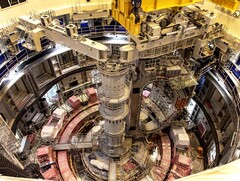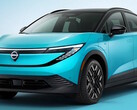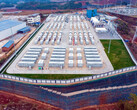Google has signed the first direct corporate power-purchase agreement for fusion energy, committing to buy 200 megawatts from Commonwealth Fusion Systems’ forthcoming ARC plant in Virginia. If completed, ARC will ultimately supply 400 MW—enough to run a large cluster of data centers in the world’s busiest server corridor. Financial terms were not disclosed.
The agreement highlights the collision between artificial intelligence workloads and electrical demand. Google’s 2024 sustainability report shows the company used 30.8 million MWh of electricity last year—double its 2020 draw—with 96 percent consumed by data centers. Scaling that footprint while meeting decarbonization pledges requires novel generation technologies.
Commonwealth Fusion Systems (CFS) spun out of MIT in 2018 and is pursuing a tokamak design that relies on high-temperature superconducting magnets to confine plasma. Although the Lawrence Livermore National Laboratory achieved a brief net-energy gain with lasers in 2022, no fusion project has yet reached continuous “engineering break-even.” CFS aims to demonstrate commercial operation early in the 2030s, using ARC as both a proving ground and an initial revenue source.
Google has invested in CFS since a 2021 funding round that raised $1.8 billion. The new power-offtake agreement deepens that relationship and sends a market signal to other fusion startups vying for corporate customers. Microsoft signed a similar, smaller deal with Helion Energy in 2023, showing that hyperscale cloud providers are willing to underwrite risky energy bets to secure long-term, zero-carbon power.
Fusion still faces formidable physics and engineering barriers: continuous plasma confinement, materials that endure neutron bombardment, and plant economics competitive with renewables plus storage. Yet the scale of commitments from companies such as Google and the parallel public-sector research momentum suggests that a viable fusion grid contribution, while uncertain, is no longer a distant thought experiment. If ARC achieves its milestones, it could mark a turning point in how the digital economy sources clean baseload electricity.
Source(s)
Reuters (in English)















